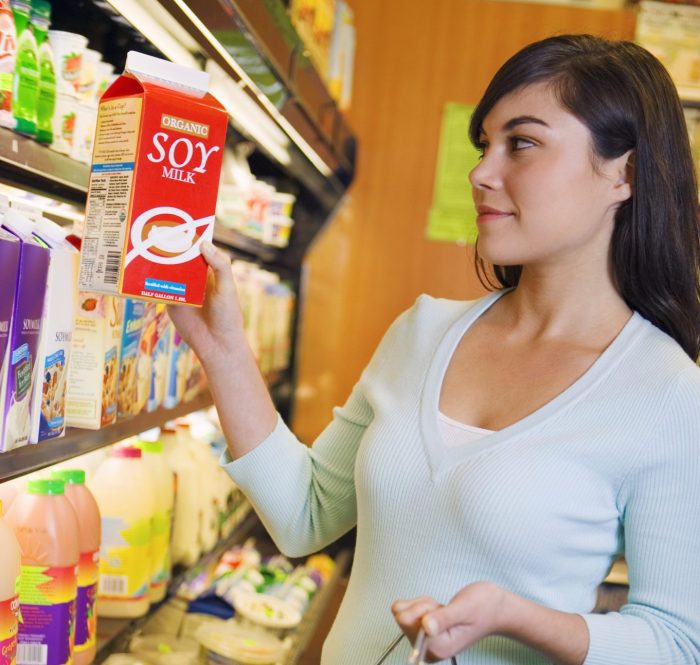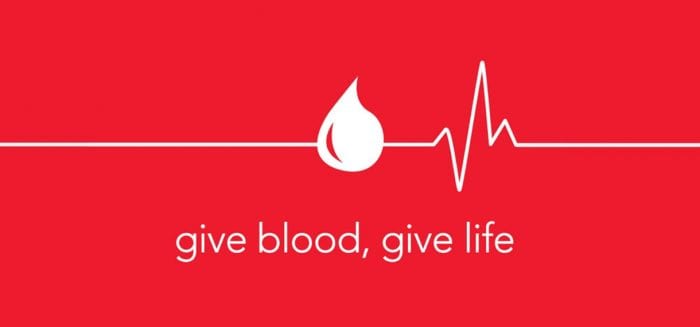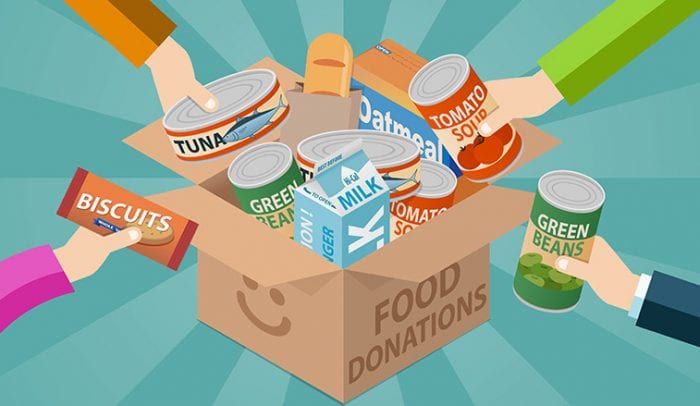Historic All Souls Church, 61 Main Street in Stony Brook Village presents monthly Saturdays at Six concerts, Second Saturdays poetry readings, and Native American Drumming to the community. Each of these programs brings its own unique mix of visitors to the Stanford White-designed national landmark chapel. Their latest event, Conversations on the Sacred on Saturday, July 6, will combine, music, poetry and drumming into one unique performance.
Local poet Carolyn Emerson selected the sacred readings for the program and assigned them to local poets. She also collaborated with Stony Brook University Director of Concerts Ford Fourqurean, All Souls organist Dan Kinney, and Native American Elder and Drummer Ric Statler on the musical interludes that follow each reading. The tracker organ at All Souls, built by Henry Erben of New York in 1854, will be part of the program, responding to readings with appropriate hymns.
One of the poets that will be reading is Suffolk County Poet Laureate Deborah Hauser. She shared “I’m grateful to All Souls Church for the invitation to join this sacred conversation and am looking forward to a transcendent evening.”
The selection of poems and religious texts includes works that are widely regarded for their technical virtuosity and lyrical beauty. Each reading includes a specific conversation with the sacred but offers at the same time a way into the life and sensibility of the poet. Christian and Judaic religions are in conversation with Taoism, Zen Buddhism, Islam, and the Native American tradition.
One of the poets that will be reading is Suffolk County Poet Laureate Deborah Hauser. She shared “I’m grateful to All Souls Church for the invitation to join this sacred conversation and am looking forward to a transcendent evening.”
From a Native American perspective, sacred conversations are ongoing. This is because all life (be it two-legged, four-legged, winged, finned, slithering, crawling, plant people, earthly matter, heavenly mater) is sacred and valued. The most often missed of sacred conversation is the listening part of the conversation. Native American culture recognizes the listening to nature, wind, animals, heavens, people’s hearts, as they all have something to say. Drummer Ric Statler states “when we listen to what God/Creator says, shows or makes us feel, we can respond from a holy place within us, and conversation becomes sacred.”
All Souls organist Dan Kinney observes “Music and poetry are often bound together in sacred conversations. This can be seen in the iconography of King David singing psalms and accompanying himself on the lyre. David is represented as a poet, composer, and musician. The organ has played a role in sacred music for centuries–witness the traditional image in art of St. Cecilia, patron saint of music, seated at the organ conversing musically with heaven.”
“Conversations on the Sacred brings together a wide variety of poetry from different cultures, ideologies, and styles and the music we pair it with will reflect so many different eras from Saint Hildegard of Bingen (1098-1179) to more contemporary composers like Linda Catlin Smith,” commented Fourqurean. “The audience is invited into so many different artistic sound worlds.”
The concert will begin promptly at 6 p.m. will include a 15-minute intermission and conclude by 8 p.m. The event is free. For further information please call 631-655-7798.






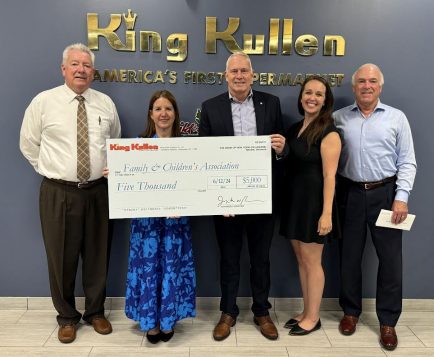



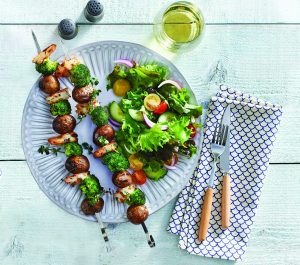

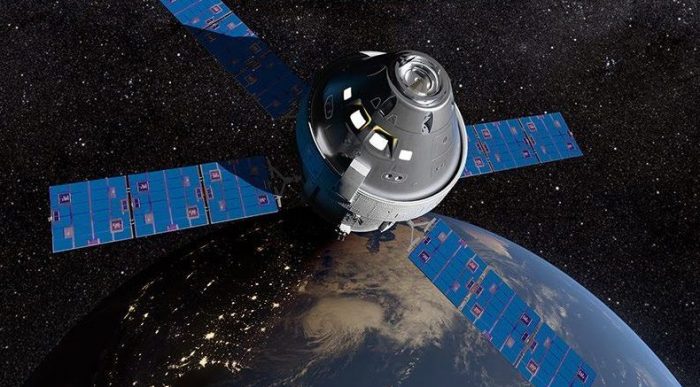

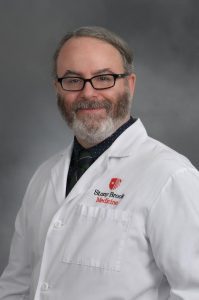

 • Every July 4, descendants of the signers of the Declaration of Independence tap the Liberty Bell 13 times in honor of the original 13 colonies.
• Every July 4, descendants of the signers of the Declaration of Independence tap the Liberty Bell 13 times in honor of the original 13 colonies.